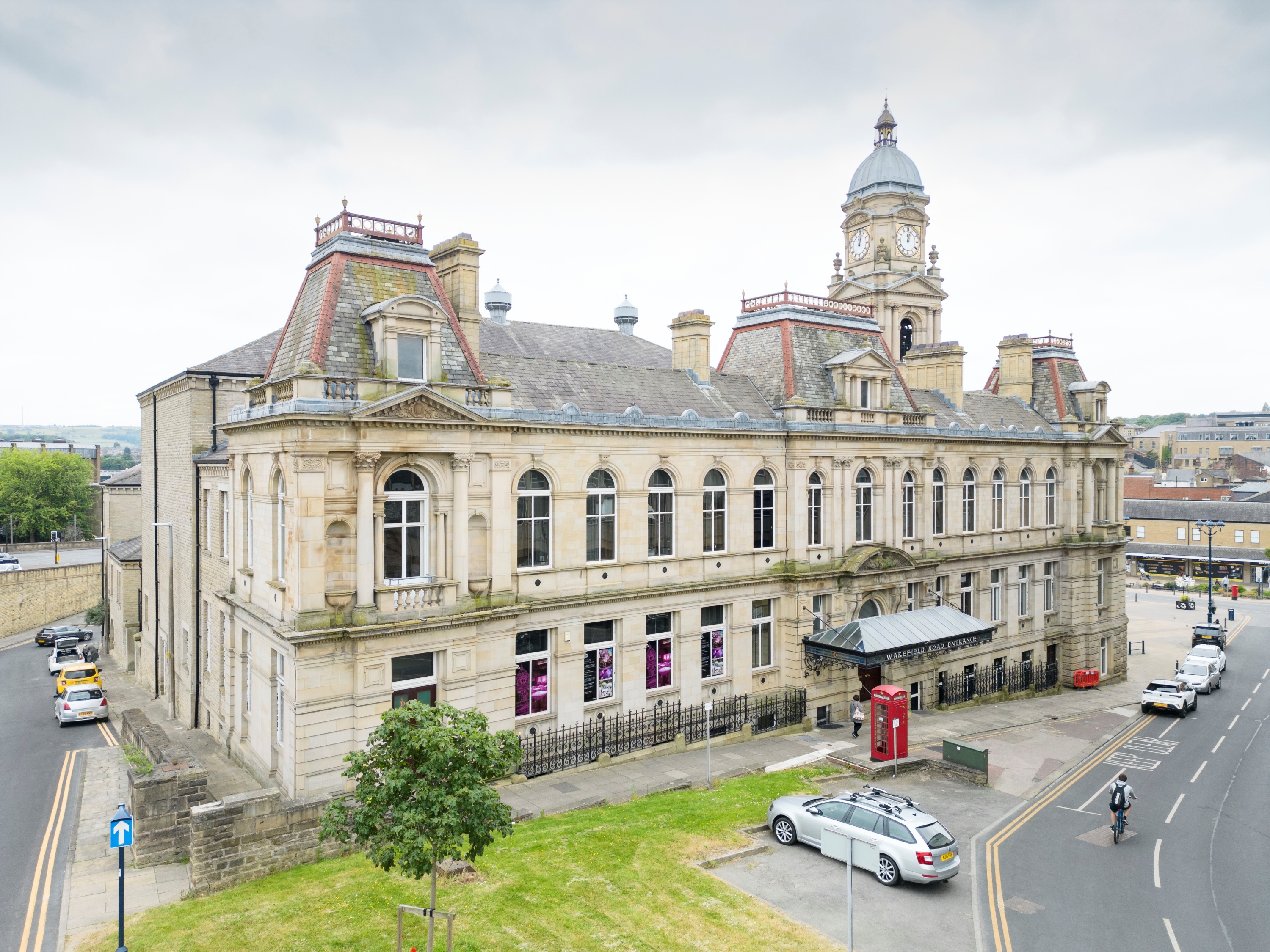12 Historic Buildings in Dewsbury Listed
12 historic buildings in Dewsbury, West Yorkshire, have been listed and 1 upgraded by the Department for Culture, Media and Sport on the advice of Historic England, giving them greater protection and recognition.
The new listings follow recent research carried out by Historic England, which reveal the town’s significance as an international centre for recycled cloth during the Industrial Revolution.
At the end of the 18th century, Dewsbury’s population was only around 1,000, but by 1851, it had grown to more than 14,000 thanks to the rapid development of its textile industry. The town was an early adopter of mass recycling, specialising in producing two types of yarn (known as shoddy and mungo), made from rags.
Many people took a sneering attitude towards shoddy and mungo, complaining of their inferior quality and some (in contrast to today’s views) even condemned the recycling of fabrics as immoral.
However, this distrust did not stop the trade from blossoming throughout the 19th century. Much of this success was due to the near continuous warfare across Europe and the British Empire during this time. As shoddy and mungo were heavy fabrics, they were perfectly suited to making soldiers' great coats and blankets.
Dewsbury’s growing affluence and confidence in the 19th century was reflected in its architecture, much of which was influenced by Italian Renaissance Revival style. These include the warehouses at 18, 20 and 22 Bond Street, the Former Dewsbury Union Building, as well as the block of textile warehouses on Wellington Street (all now listed at Grade II).
Also emblematic of Dewsbury’s elevated status is the opulent late Victorian Town Hall (upgraded to Grade II*).
The new listings are part of the Dewsbury Heritage Action Zone, a 5-year project with Kirklees Council aimed at re-energising the town centre through the restoration and reuse of its historic buildings.
These newly listed buildings help to tell the story of Dewsbury’s contribution to the development of England’s textile industry and recycling. In the 19th century it was probably the greenest town in England!
The Town Hall – upgraded to Grade II*
Built between 1886 and 1889, the Town Hall brought together a wide range of functions including municipal offices and departments, borough court, police station and event spaces. The showpiece building symbolises the civic pride, that the shoddy and mungo industry brought to the town. This was masterfully achieved with two lavishly decorated main facades and an elegant central clock tower.
18, 20 and 22 Bond Street – listed at Grade II
These 3 buildings were constructed as warehouses in Italian Renaissance style between 1862 and 1871. 18 Bond Street was built for Crawshaw & Sons who sold leather goods and produced drive belts for machinery. 20 and 22 Bond Street were constructed for Matthew Grandidge, a wool-stapler (a dealer who buys, sorts, grades and resells wool). The buildings retain many original and early interior features such as ceiling beams, panelled doors and fireplaces.
Former Fox Auctioneers, 2 to 4 Grove Street – listed at Grade II
The former Fox’s auctioneers was built in 1878 and was used for the storage and sale of furniture and a range of goods, including horses. The building retains many interesting features, especially those around the stabling of horses. The stable block retains stone and brick floors, gas light fittings and a small cast-iron fireplace.
Former Dewsbury Union Offices – listed at Grade II
The Former Headquarters for Dewsbury Union was constructed in the 1890s in a Renaissance Revival style. Many original features survive, including the mosaic flooring and an impressive cast iron staircase.
The offices were built on the site of the former court, police station and lockups which had earlier moved operations to the new Town Hall in 1889.
These offices operated as a registry office for births, deaths and weddings until 2012, when these services also moved to the Town Hall.
41 Daisy Hill – listed at Grade II
41 Daisy Hill was most likely built with the textile trade in mind, but its original purpose is unknown Functioning as both as shop and domestic accommodation, this mid-19th century location survives well, retaining its historic shopfront.
1 to 1a and 3 Wellington Street, 17, 21, 23 and 25, 27 and 29 Wellington Road – Listed at Grade II
This collection of Wellington Street buildings all once operated as textile warehouses during Dewsbury’s position as the national centre of the shoddy and mungo industry in the latter half of the 19th century. These urban palazzo style warehouses, which have now been adapted for commercial use, are an early example of warehouses incorporating retail space in the design.





